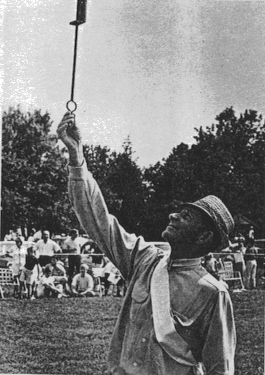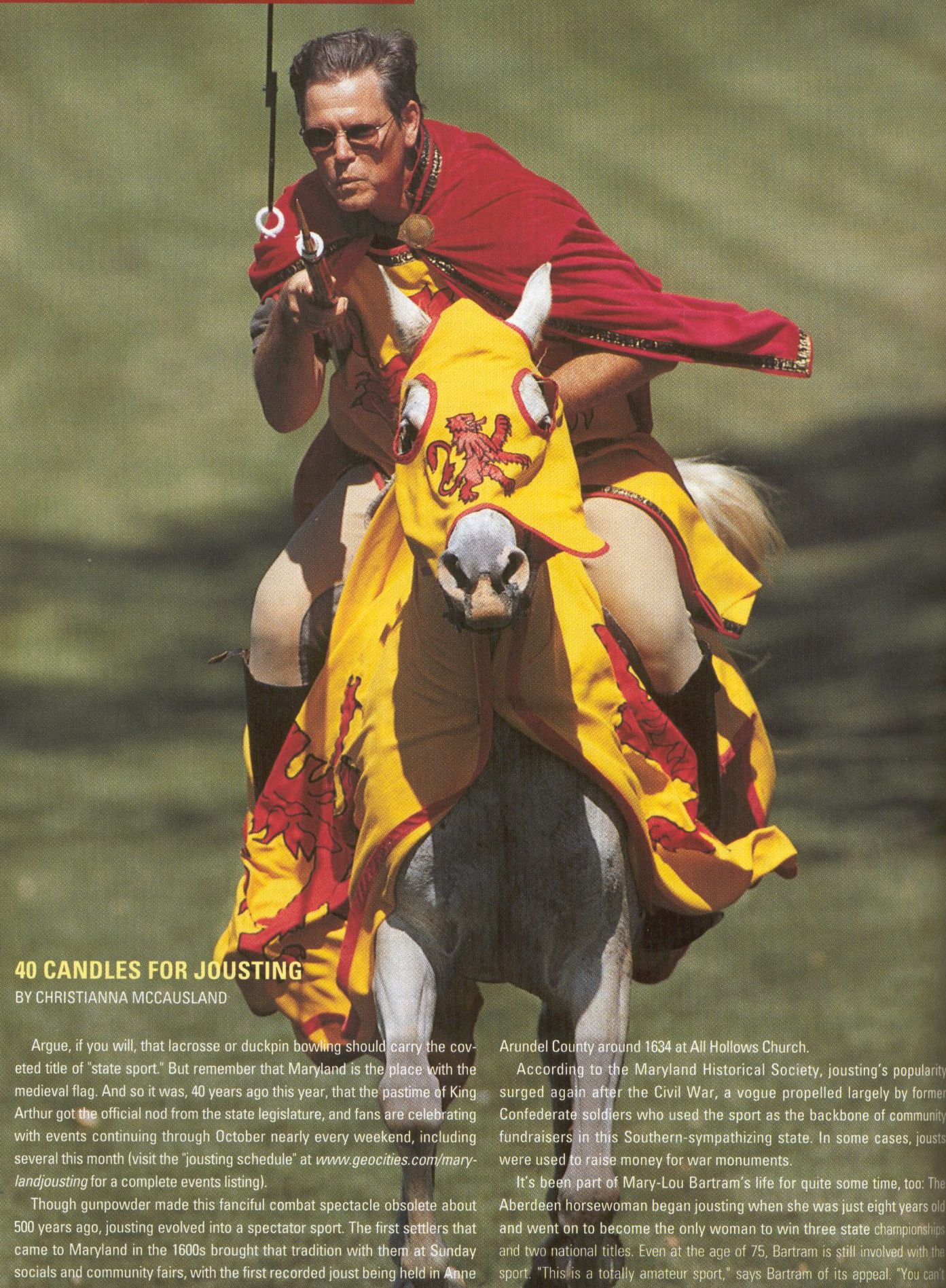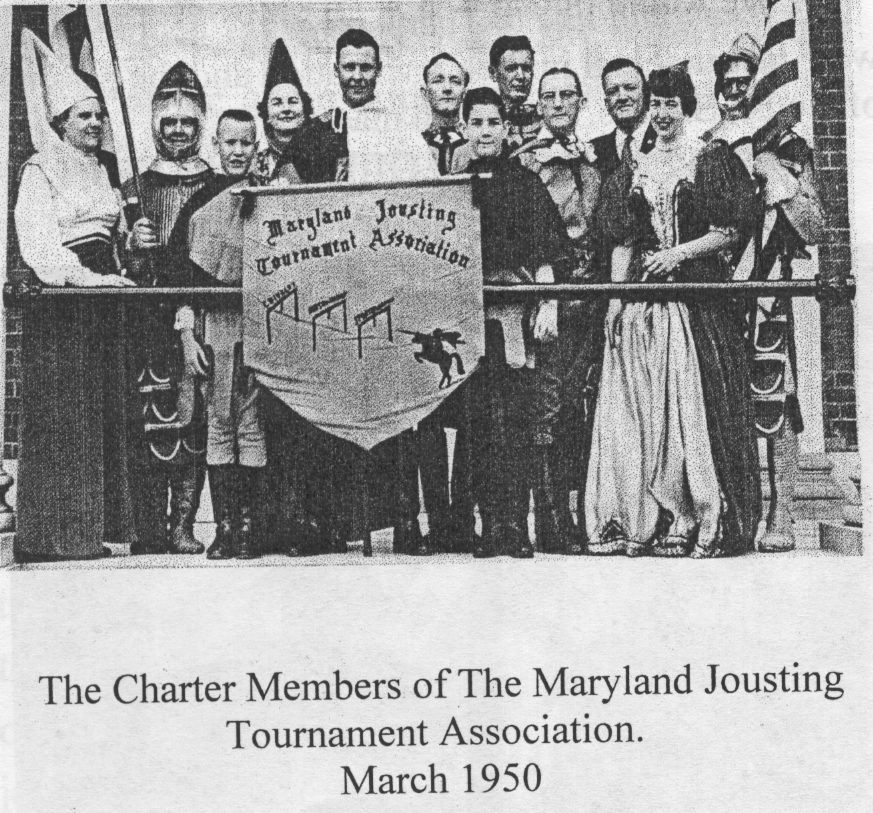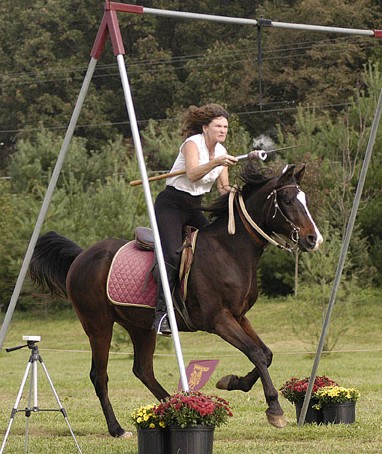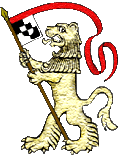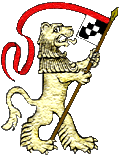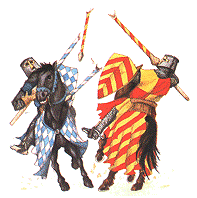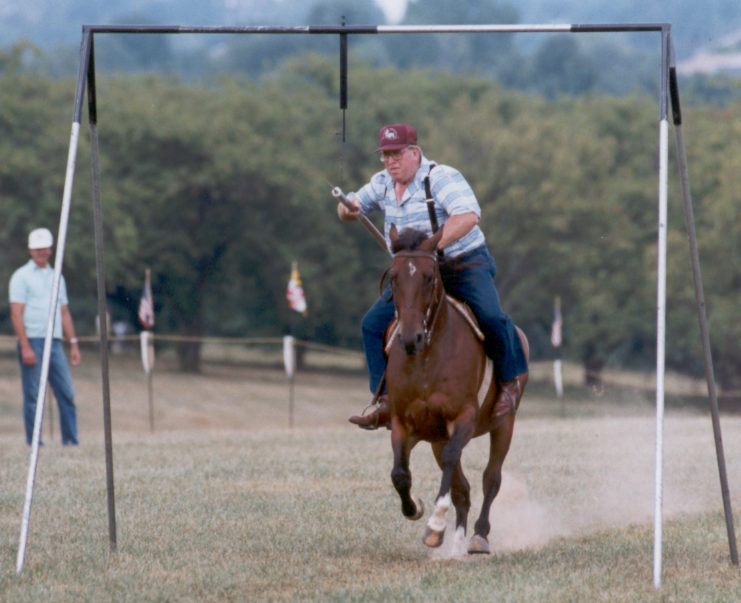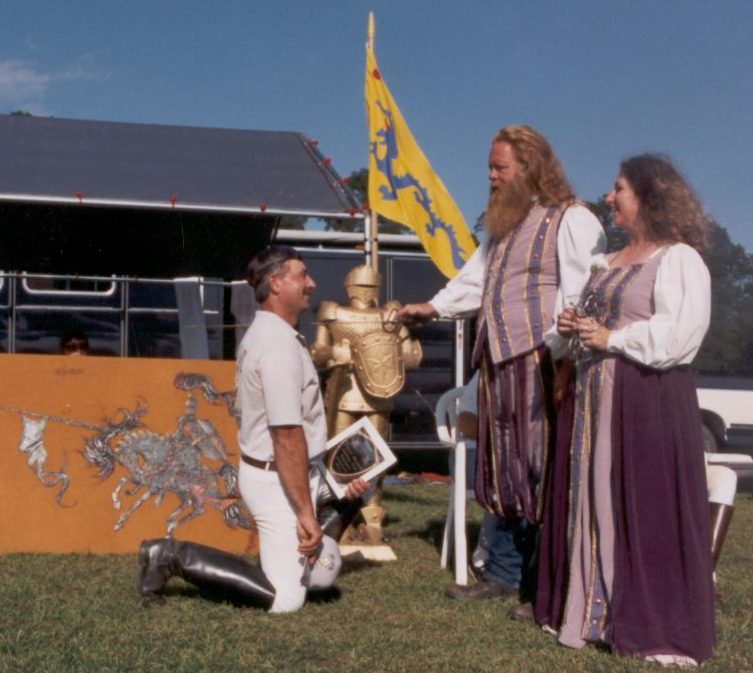
Photo Courtesy of Medieval Horse Guild
These words conjure up romantic visions of Knights in shining armor on charging horses, King Arthur's Court, Sir Lancelot and Queen Guinevere.
Jousting is the oldest equestrian sport in the world. During the Middle Ages it was a form of waging war, but with the invention of gunpowder, the art of jousting a man bodily from his horse, became outmoded as a battle strategy. The tournament field became a place of "Sport", and the Knights turned their lances to the more sophisticated, skillful task of spearing small metal rings. Jousting became a civilized game of keen horsemanship, skill and sportmanship with the development of "The Ring Tournaments."


